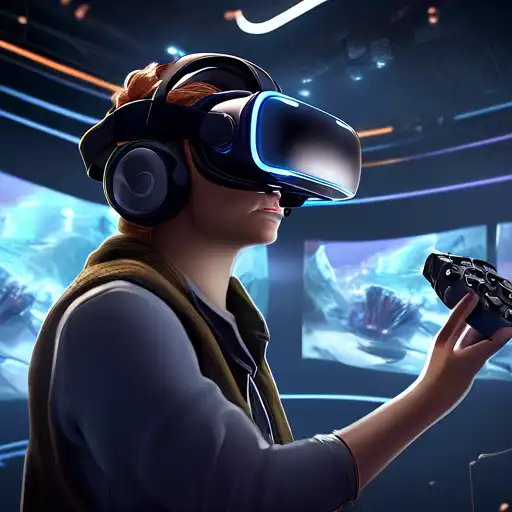Understanding the Complexities of VR Content Development
Virtual Reality (VR) has emerged as a groundbreaking technology, offering immersive experiences that were once the stuff of science fiction. However, developing content for VR presents a unique set of challenges that creators must navigate to deliver compelling and engaging experiences.
Technical Limitations and Hardware Diversity
One of the primary hurdles in VR content development is the technical limitations and the diversity of hardware. Developers must ensure their content is compatible across various devices, each with its own specifications and capabilities. This requires extensive testing and optimization to provide a seamless experience for all users.
High Development Costs
Creating VR content is often more expensive than traditional media due to the need for specialized software, hardware, and skilled personnel. The cost of developing high-quality VR experiences can be prohibitive for smaller studios or independent creators.
User Experience and Motion Sickness
Designing for VR also means paying close attention to user experience (UX) to prevent issues like motion sickness. This involves careful consideration of movement mechanics, frame rates, and environmental design to ensure comfort and immersion.
Content Length and Engagement
Another challenge is determining the optimal length of VR content. Unlike traditional media, VR experiences can be more taxing on users, making it crucial to balance engagement with comfort to keep users immersed without overwhelming them.
Strategies for Overcoming VR Development Challenges
Despite these challenges, there are strategies developers can employ to create successful VR content. Leveraging cross-platform development tools can help address hardware diversity, while iterative design processes can optimize user experience and reduce costs.
Embracing Innovation and Creativity
At the heart of overcoming these challenges is innovation. By pushing the boundaries of what's possible in VR, developers can create unique experiences that captivate users and stand out in a crowded market.
Collaboration and Community Feedback
Collaborating with other creators and soliciting feedback from the VR community can also provide valuable insights into improving content and addressing user needs more effectively.
Developing VR content is no small feat, but by understanding and addressing these challenges, creators can unlock the full potential of virtual reality to deliver unforgettable experiences. As the technology continues to evolve, so too will the opportunities for innovation in VR content creation.
